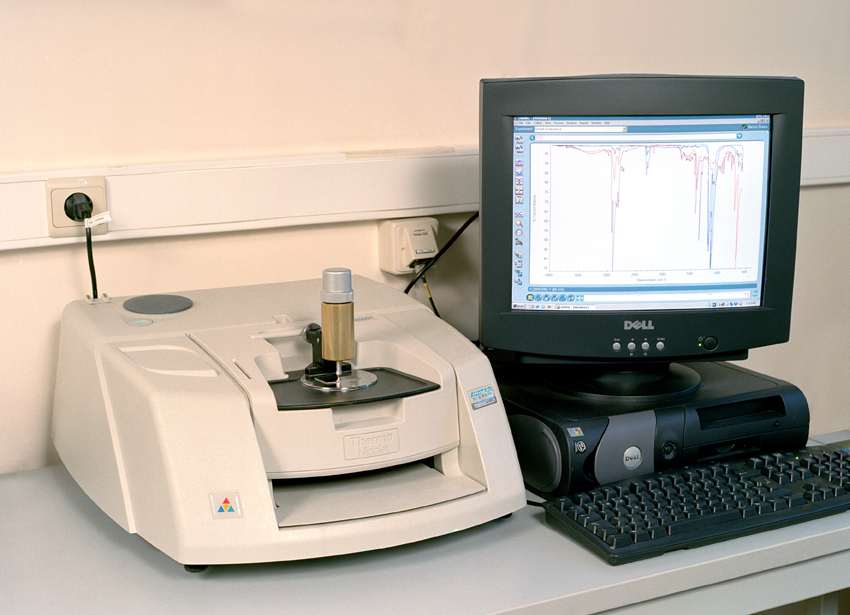 Cardiff, UK-based diagnostics company Glyconics Ltd. has just announced it has closed on an exclusive licensing agreement with Swansea University for the use of their proprietary Infrared Spectroscopy to diagnose chronic obstructive pulmonary disease (COPD) from biomarkers in patients’ sputum samples.
Cardiff, UK-based diagnostics company Glyconics Ltd. has just announced it has closed on an exclusive licensing agreement with Swansea University for the use of their proprietary Infrared Spectroscopy to diagnose chronic obstructive pulmonary disease (COPD) from biomarkers in patients’ sputum samples.
Chronic obstructive pulmonary disease is one of the healthcare and research communities’ most concerning respiratory illnesses. It is commonly misdiagnosed in about half of the 6 million people worldwide that have the disease. In 7 years, COPD is expected to rank third among the most common causes of death, and fifth among causes of disability. There is still no cure and no reliable means to diagnose the disease early on, when respiratory failure is still avoidable.
Swansea’s College of Medicine was able to develop a new, non-invasive technique using infrared spectroscopy for COPD diagnostics. Glyconics will be collaborating with Swansea in developing a portable, laboratory-based diagnostic test for the disease. The firm’s statement did not disclose the agreement’s financial stipulations, except for an announcement that future payments will depend on royalties and commercial milestones.
[adrotate group=”3″]
“With this license secured, we can move ahead to launch our technology into areas of unmet clinical need where there is very little genuine competition,” said Berwyn Clarke, CEO of Glyconics. “Given the global significance of COPD as a major clinical problem we will be looking to rapidly identify commercial partners who can assist in the deployment of our devices into the major global markets. Importantly we are also continuing to work very closely with Swansea University to build a development pipeline around other signatures for other diseases.”
Biotech startup Imbio recently announced it has received US Food and Drug Administration marketing approval for its Lung Density Analysis (LDA) software platform, designed to facilitate lung imaging of COPD patients by creating a 3-D image of the lung tissues, and a map of how the lungs are functioning. This novel imaging tool was created by a pair of scientists at the University of Michigan Medical School to help clinicians better assess disease progression in the lungs, and to accurately diagnose diseases like COPD.

